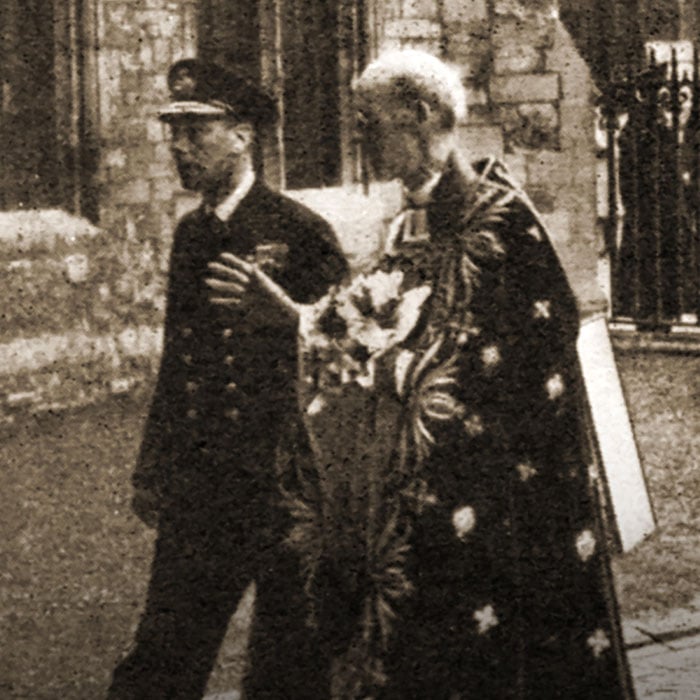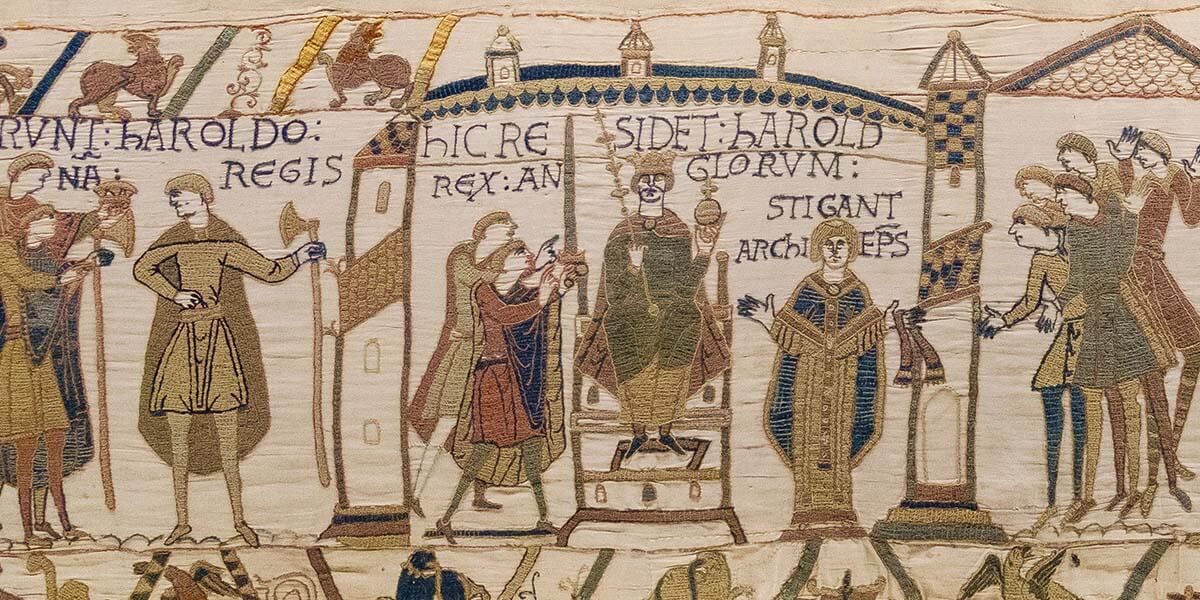
When Edward died after reigning as King of England for 24 years, he left no obvious heir to the throne. It is said that he had promised the throne to William, Duke of Normandy, but later changed his mind and named Harold Godwinson, the Earl of Wessex, as his successor. On 6 January 1066, the day of Edward’s burial, Harold Godwinson was crowned King Harold II.
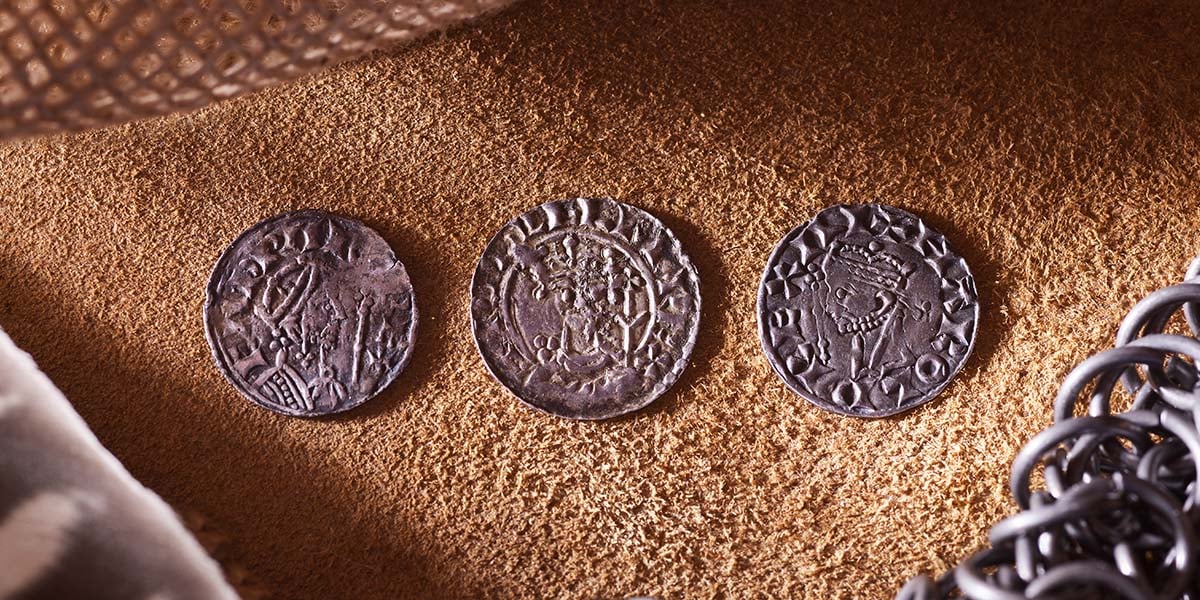
Harold knew that William would challenge his position as King of England and anticipated an attack. However, Harold first faced an invasion from Hardrada, King of Norway, who was planning to attack from the north of England. As a descendant of King Canute, who was King of England between 1016 and 1035, Hardrada also believed he had a claim to the English throne. Covering more than 185 miles in just four days, Harold and his army travelled to Yorkshire to fight Hardrada and his Viking army in a battle known as the Battle of Stamford Bridge. Surprised by how quickly Harold and his men made the journey from the south of England, Hardrada was unprepared when the Saxon army attacked. The battle was a great triumph for Harold, ending the Viking threat to England, but also exhausted the king’s men, who soon faced another onslaught.
Within days of defeating Hardrada, Harold received the news that William had landed on England’s shore and was preparing to attack. The Norman had prepared for the invasion for seven months, using some 600 ships to carry an army of around 7,000 men across the English Channel. Harold quickly assembled his army of weary veterans, still exhausted from fighting the Vikings, and inexperienced reinforcements, and marched to confront William.
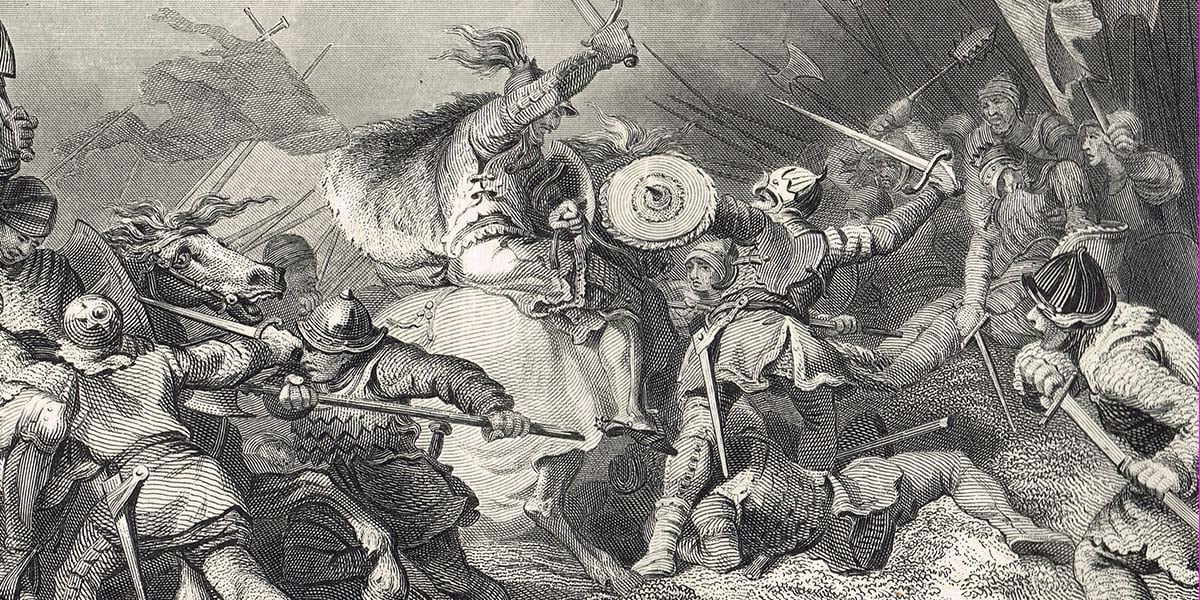
The Battle of Hastings took place on 14 October 1066. After a bloody battle lasting nine hours, Harold was defeated. Commonly referred to as William the Conqueror, William was declared king, becoming William I, and England entered the Norman era.
Dating from the eleventh century, the original Bayeux Tapestry, embroidered in wool thread on linen cloth measuring almost 70 metres long, chronicles the epic battle and the events leading up to it. The tapestry begins with Harold’s journey to France in 1064 at Edward the Confessor’s behest. It shows Harold’s capture by Count Guy of Ponthieu, his release to Count Guy’s overlord, William of Normandy, and his fight alongside his future successor in Brittany. Far from depicting enemies, the tapestry appears to show Harold swearing allegiance to William before his return to England. Perhaps the most famous part on the Bayeux Tapestry is the scene that appears to show Harold plucking an arrow from his eye during the Battle of Hastings, although the tapestry also shows a man thought to be Harold felled by a French knight.
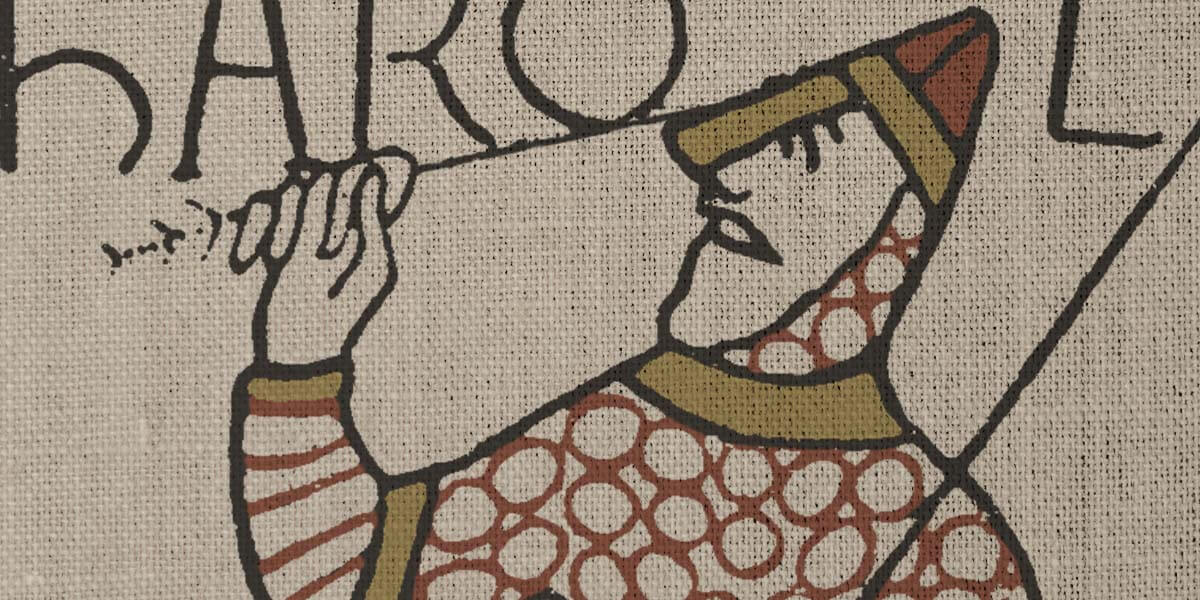
The Three Kings of 1066 Premium Three-Coin Set
Featuring rare pennies from the reigns of Edward the Confessor, Harold II and William I, who all reigned over England during 1066
William I defeated Harold II at one of Britain’s most infamous battles, the Battle of Hastings, to become the King of England
Find out more
The Three Kings of 1066 Premium Three-Coin Set
Limited Edition 20
Price: £16,500.00







